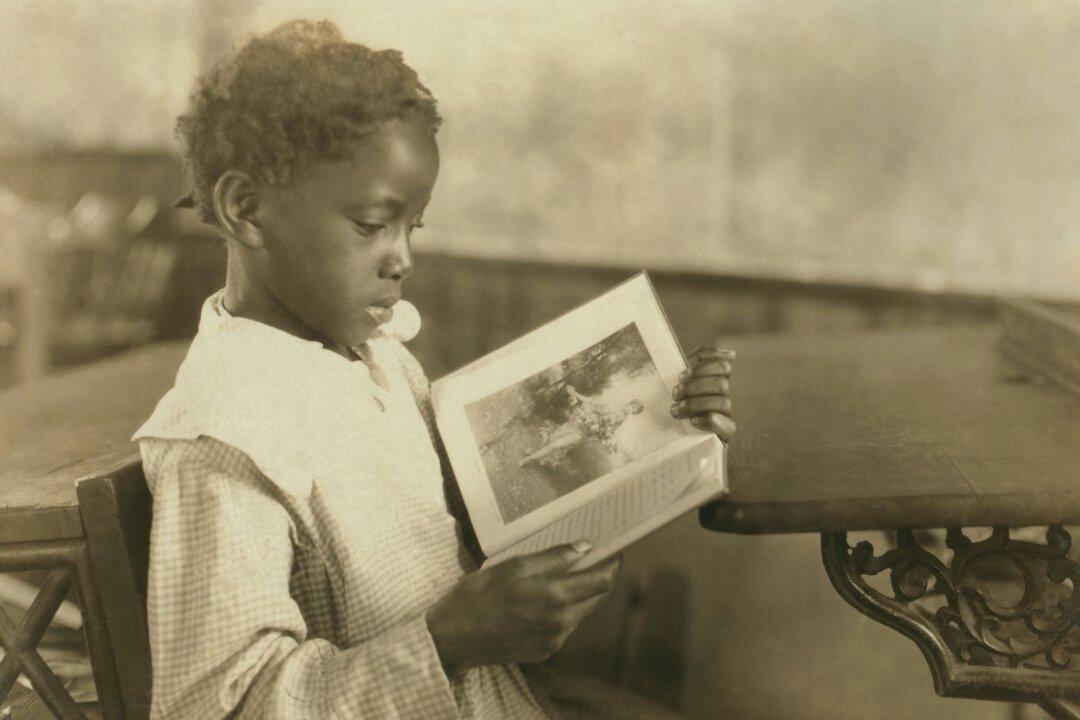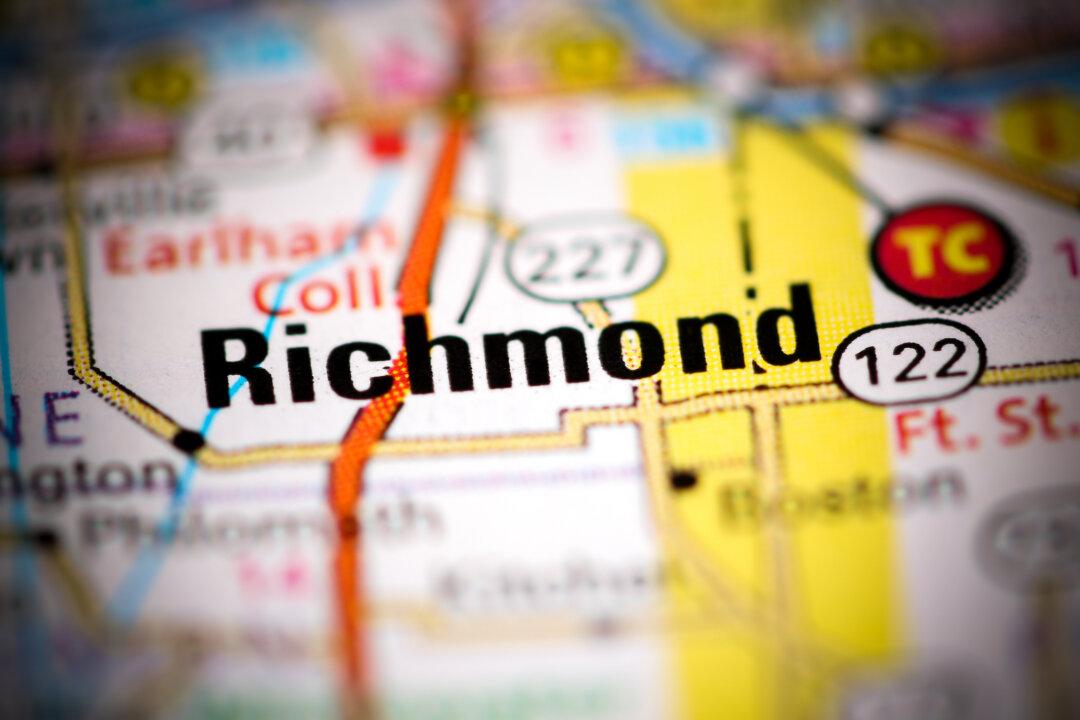Chances are if you don’t have relatives to visit, a child in college or business to transact in Eau Claire, Wisconsin, you may have completely overlooked it as a travel possibility. If that’s the case, you’ve missed an important slice of Americana and a mid-size city in the throes of a renaissance. The next time you visit the Twin Cities of Minneapolis and St. Paul or fly into Chicago, consider renting a car and adding this welcoming community to your itinerary.
Located at the confluence of the Chippewa and Eau Claire rivers, the area’s rich history began when the Ojibwe and Sioux nations fought for dominance over generations. The first European settlers, largely from Norway, Sweden, and Germany, arrived in the mid-19th century and worked as loggers in northern Wisconsin’s dense forests and sawyers in the many local sawmills that engendered the town’s nickname, “Sawdust City.” When that industry went defunct, farmers did the hard work of removing the many remaining tree stumps and fieldstones so that they could grow crops to feed their families and make a living.
This rich saga is on display at two museums in Carson Park, which is also home to a baseball park where Hank Aaron once played and where today locals spend summer evenings watching the Eau Claire Express match up against other teams in the Northwest League. The recently refurbished Chippewa Valley Museum is home to photographs, artifacts, and interactive exhibits that bring all of Eau Claire’s incarnations back to life. At the end of the tour, an old-fashioned soda shop invites guests to stop in for some ice cream.




